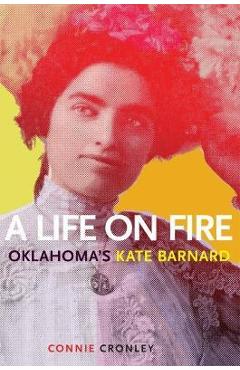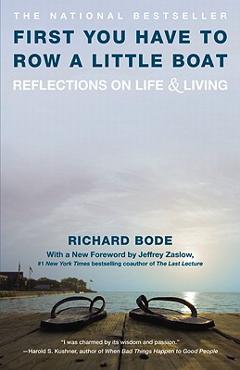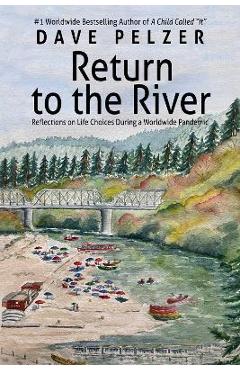A Life on Fire: Oklahoma\'s Kate Barnard - Connie Cronley

Detalii A Life on Fire: Oklahoma\'s
libris.ro
150.38 Lei
167.09 Lei
Biography & Autobiography
Connie Cronley
A Life on Fire: Oklahoma\'s - Disponibil la libris.ro
Pe YEO găsești A Life on Fire: Oklahoma\'s de la Connie Cronley, în categoria Biography & Autobiography.
Indiferent de nevoile tale, A Life on Fire: Oklahoma\'s Kate Barnard - Connie Cronley din categoria Biography & Autobiography îți poate aduce un echilibru perfect între calitate și preț, cu avantaje practice și moderne.
Caracteristici și Avantaje ale produsului A Life on Fire: Oklahoma\'s
- Departament: auto-moto-rca
- Ideal pentru iubitorii de mașini și motociclete.
- Conținutul acestui produs te ajută să întreții și să îmbunătățești performanțele vehiculului tău.
Preț: 150.38 Lei
Caracteristicile produsului A Life on Fire: Oklahoma\'s
- Brand: Connie Cronley
- Categoria: Biography & Autobiography
- Magazin: libris.ro
- Ultima actualizare: 28-10-2025 01:22:05
Comandă A Life on Fire: Oklahoma\'s Online, Simplu și Rapid
Prin intermediul platformei YEO, poți comanda A Life on Fire: Oklahoma\'s de la libris.ro rapid și în siguranță. Bucură-te de o experiență de cumpărături online optimizată și descoperă cele mai bune oferte actualizate constant.
Descriere magazin:
How can women wear diamonds when babies cry for bread? Kate Barnard demanded in one of the incendiary stump speeches for which she was well known. In A Life on Fire , Connie Cronley tells the story of Catherine Ann Kate Barnard (1875-1930), a fiery political reformer and the first woman elected to state office in Oklahoma, as commissioner of charities and corrections in 1907--almost fifteen years before women won the right to vote in the United States. Born to hardscrabble settlers on the Nebraska prairie, Barnard committed her energy, courage, and charismatic oratory to the cause of Progressive reform and became a political powerhouse and national celebrity. As a champion of the poor, workers, children, the imprisoned, and the mentally ill, Barnard advocated for compulsory education, prison reform, improved mental health treatment, and laws against child labor. Before statehood, she stumped across the Twin Territories to unite farmers and miners into a powerful political alliance. She also helped write Oklahoma\'s Progressive constitution, creating what some heralded as a new kind of state. But then she took on the so-called Indian Question. Defending Native orphans against a conspiracy of graft that reached from Oklahoma to Washington, D.C., she uncovered corrupt authorities and legal guardians stealing oil, gas, and timber rights from Native Americans\' federal allotments. In retaliation, legislators and grafters closed ranks and defunded her state office. Broken in health and heart, she left public office and died a recluse. She remains, however, a riveting figure in Oklahoma history, a fearless activist on behalf of the weak and helpless.

Produse asemănătoare

On a Sea of Glass: The Life & Loss of the RMS Titanic - Tad Fitch
![]() libris.ro
libris.ro
Actualizat in 28/10/2025
267.79 Lei

What I Mean When I Say I\'m Autistic: Unpuzzling a Life on the Autism Spectrum - Annie Kotowicz
![]() libris.ro
libris.ro
Actualizat in 28/10/2025
128.43 Lei

First You Have to Row a Little Boat: Reflections on Life & Living - Richard Bode
![]() libris.ro
libris.ro
Actualizat in 28/10/2025
105.97 Lei

Life on Our Planet: A Stunning Re-Examination of Prehistoric Life on Earth - Tom Fletcher
![]() libris.ro
libris.ro
Actualizat in 28/10/2025
223.15 Lei

Return to the River: Reflections on Life Choices During a Pandemic - Dave Pelzer
![]() libris.ro
libris.ro
Actualizat in 28/10/2025
73.38 Lei
Produse marca Connie Cronley

A Life on Fire: Oklahoma\'s Kate Barnard - Connie Cronley
![]() libris.ro
libris.ro
Actualizat in 28/10/2025
150.38 Lei
